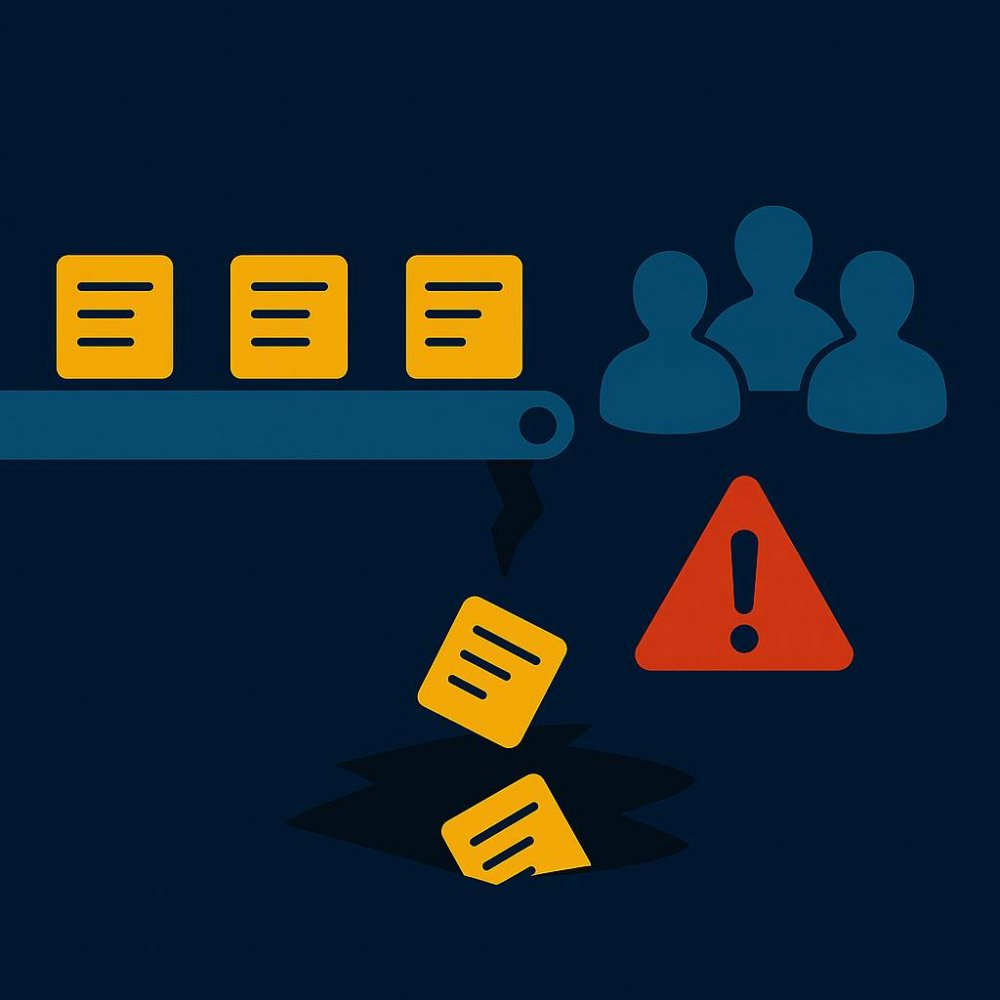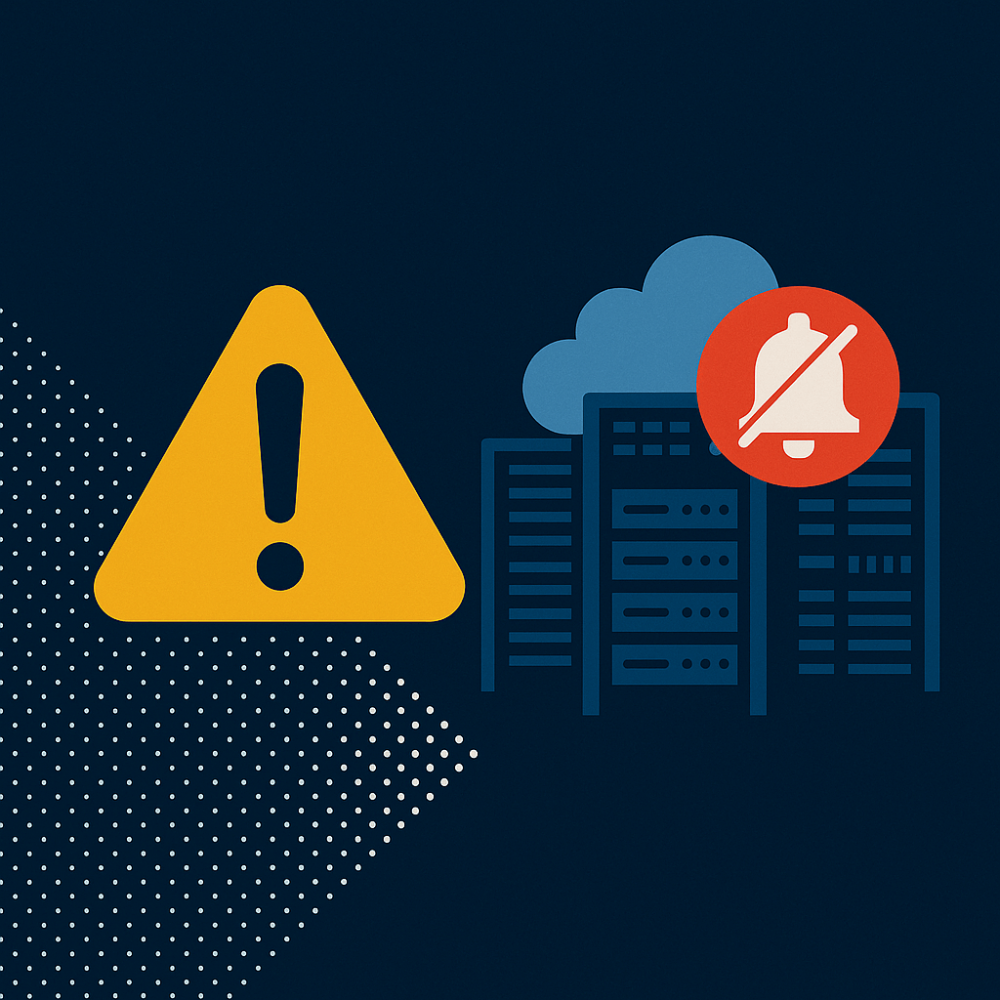Implementing preventative maintenance in complex environments is no small feat. Data centers face unique challenges, with expectations to operate seamlessly under high-demand conditions. This complexity necessitates a strategic approach, focusing on preventive maintenance schedules and continuous improvement to mitigate risks and optimize operations.
Understanding the challenges of complex environments
Complex environments such as mission critical facilities come with inherent risks and demands. These environments often exhibit:
- High operational stress: Due to continuous usage, equipment is subject to greater wear and tear. This leads to the potential for more frequent and unexpected equipment failures if not properly maintained.
- Equipment diversity: Facilities contain a wide array of machinery, each requiring specialized care to operate efficiently, impacting equipment condition and downtime.
- Regulatory standards: Sticking to stringent compliance regulations requires meticulous record-keeping and procedural accuracy.
These complexities demand a robust preventive maintenance program to ensure safety, productivity, and cost-efficiency. This will help reduce downtime and operational risks often associated with reactive maintenance practices.
Key roadblocks in implementing preventative maintenance
Diverse equipment and systems
One major roadblock is the diversity of equipment. Each piece of machinery may have different maintenance schedules, such as usage-based preventive maintenance or time-based preventive maintenance, parts, and requirements. Coordinating these various elements can overwhelm maintenance teams, leading to inefficiency and increased repair costs. This complexity makes it difficult to develop a one-size-fits-all strategy, necessitating bespoke solutions and approaches for different equipment types.
Additionally, the integration of new technologies and systems within existing frameworks can create compatibility issues. Ensuring that all components work seamlessly together is crucial for maintaining operational efficiency and achieving reduced downtime.
Regulatory compliance
Maintaining compliance with numerous, and often stringent, industry regulations is another significant challenge. Non-compliance not only poses safety risks but also leads to costly and damaging legal consequences. Regulatory requirements frequently change, requiring constant monitoring and adaptation to new standards. With the right preventive maintenance software, data centers can keep up with compliance easily.
Failure to comply can result in penalties and increased scrutiny from regulatory bodies, leading to reputational damage. Effective compliance management must therefore be proactive and dynamic, rather than reactive.
Resource allocation
Allocating the right resources, including skilled personnel and materials, at the right time, is essential yet difficult. Ineffective resource management can lead to delayed maintenance activities, increasing downtime and operational risks. The challenge lies in balancing immediate maintenance needs with long-term strategic planning goals.
Sourcing and retaining skilled workforce members who can execute specialized maintenance tasks is another hurdle. The demand for skilled technicians often outstrips supply, complicating efforts to maintain equipment reliability and high operational standards in critical assets.
Solutions for effective preventative maintenance
Enterprise Asset Management (EAM)
Implementing Enterprise Asset Management systems can centralize and streamline asset information, providing a holistic view of facility operations. MCIM’s EAM tools allow for better planning and tracking of preventive maintenance actions. With proactive insights, technicians service equipment before failures occur.
These management systems enhance visibility into asset performance and lifecycle, enabling smarter budget allocation and reducing waste. They log all preventive maintenance tasks according to the facility’s operational priorities, which improves resource allocation efficiency.
Predictive analytics and operational dashboards
MCIM integrates predictive maintenance software and predictive analytics, offering insights into potential issues before they manifest as failures. By utilizing real-time data through operational dashboards, facility managers can make informed decisions, optimizing maintenance schedules and reducing unexpected breakdowns.
Predictive analytics leverages machine learning algorithms and historical data to foresee potential failures, enabling preemptive actions. This approach extends the lifespan of assets while also minimizes disruptions that may affect the entire facility’s performance.
Compliance tracking
Compliance tracking tools are essential for maintaining industry standards. MCIM enhances this process by automating compliance checks and providing real-time updates, ensuring that facilities remain within regulatory parameters without manual intervention.
You can generate automated compliance reports to quickly communicate the facility’s adherence to regulations. This significantly reduces the time and labor required for manual record checking and updates. This boosts confidence among stakeholders that the facility maintains its operational obligations and safeguards against lapses.
Integrating workflow and operational intelligence
MCIM facilitates the integration of workflow and operational intelligence into a singular platform, centralizing data and enabling efficient communication among teams. This integration promotes standardization and automation, reducing human errors and increasing the likelihood of successful outcomes.
Seamless communication among team members ensures that information flows freely and decisions are made based on comprehensive, up-to-date data. Such an integrated ecosystem allows for a quick response to unexpected incidents, minimizing downtime and potential impacts.
Enhancing productivity and safety
Preventative maintenance not only increases productivity but also enhances safety in complex environments. By mitigating risks through strategic maintenance planning and execution, facilities can operate at their full potential, ensuring long-term sustainability.
Enhanced safety creates a more stable working environment, reducing the likelihood of accidents and associated costs. It fosters a culture of trust and diligence – and operational excellence.
Paving the path to efficient and resilient operations
Implementing preventative maintenance in mission critical facilities doesn’t have to be daunting. By adopting comprehensive solutions like MCIM, organizations can overcome roadblocks, streamline operations, and enhance their facility’s performance.
Embracing these tools will not only ensure compliance and safety but also drive efficiencies that reduce costs and risks, paving the way for smoother operations in complex environments. Overall, the MCIM platform acts as a critical ally in navigating the challenges of preventative maintenance, ensuring that facilities remain robust, reliable, and ready to meet future demands.



